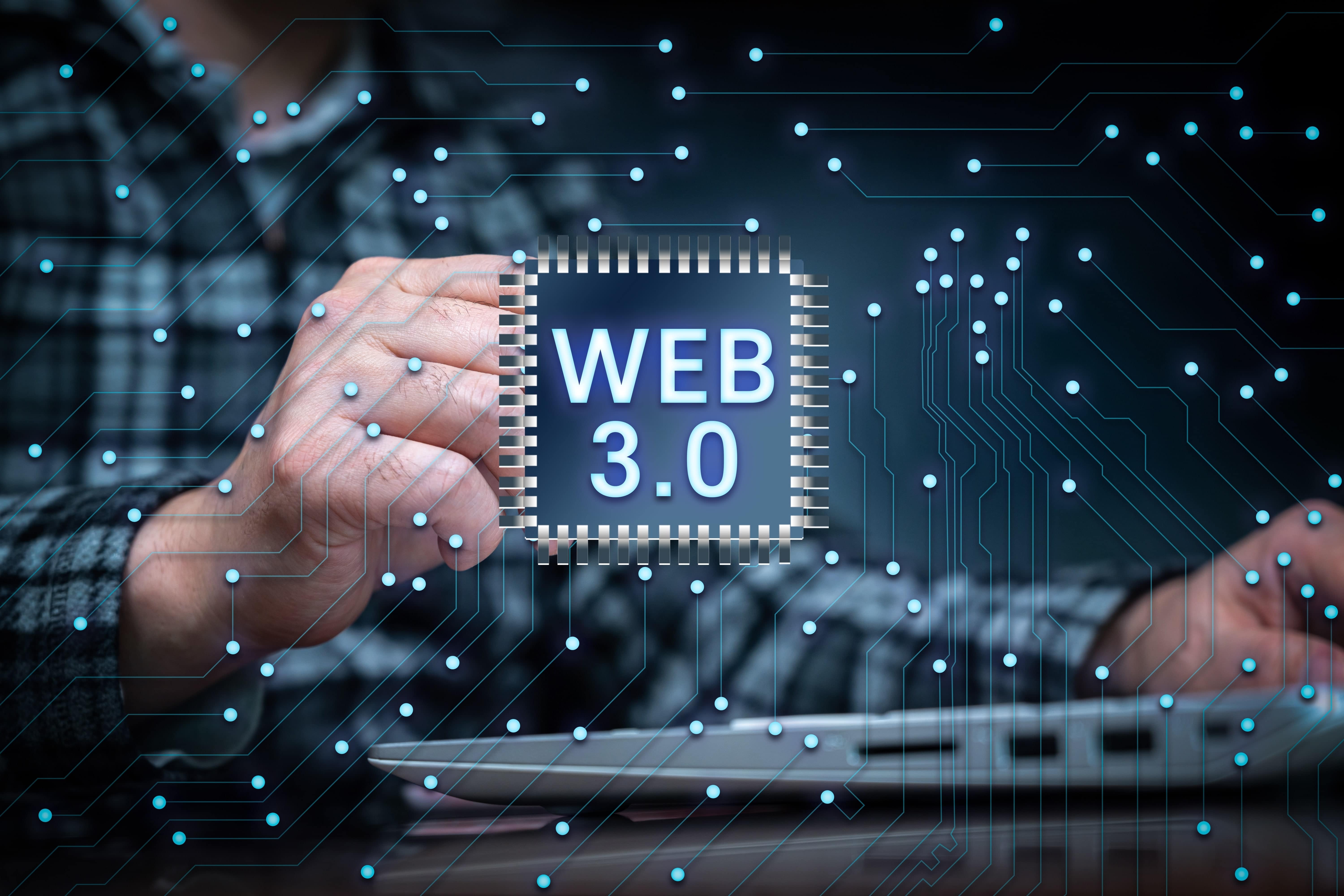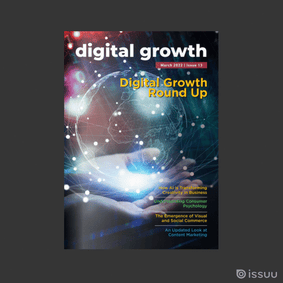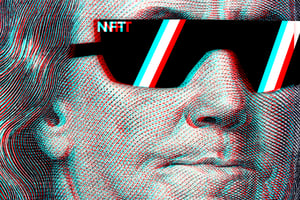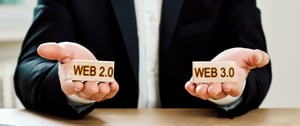Web 3.0 is the third-generation internet, and the latest evolution in the online space. This version of the World Wide Web offers a data-driven Semantic Web that employs machine-based understanding of information and data, with the goal of creating a more intelligent and connected user experience.
The World Wide Web we have all become accustomed to is somewhat static and incapable of fully adjusting to the personal preferences of each user. Web 3.0 is set to change all of this and provide a more dynamic and engaging user experience through Artificial Intelligence and Blockchain technology.
Essentially, the internet is being redefined and structural changes are being put in place to develop a decentralized and democratized internet experience.
But, what do all these words mean?
We have put together a Web 3.0 glossary to define the most important terms you will become familiar with as the new age of the internet sets in across the globe.

Your Go-to Web 3.0 Glossary:
- Web 3.0: This is the third generation of the World Wide Web and refers to the latest evolution of internet services for apps and websites. Web 3.0 focuses on machine-based learning of data and provides what is known as a data-driven and Semantic Web. The goal of this new era is to develop a digital space that is more intelligent, engaging, and connected.
- Semantic Web: This refers to the internet using data in a way that it can be processed by machines instead of individual human operators or moderators. It is an extended version of the existing internet and will create a globally linked database. In simpler terms, the Semantic Web will add further data descriptors to existing content. Due to these descriptors, computers will be able to make meaningful interpretations of search queries and more, to help users achieve their online goals effectively.
- Blockchain Technology: Blockchain technology is a shared and immutable ledger that is able to facilitate the process of recording transactions and tracking assets in a business network. With this shared ledger, transactions are recorded only once, which eliminates the duplication process that’s typical in traditional business networks. An asset can be tangible, such as a home, car, or land, or it can be intangible, such as intellectual property, branding, and copyrights. Essentially, anything that has value can be traded and tracked on a blockchain network. This reduces risk while saving money for all involved. To sum it up: A blockchain is a system of recording information in a way that makes it almost impossible to hack, change, or cheat the system.
- Smart Contracts: Blockchain Technology has given way to Smart Contracts. This is a self-executing contract in which the terms of the agreement are drafted between the buyer and seller and directly written into lines of code. The code and agreement exist across a decentralized and democratized blockchain network. Smart contracts allow for trusted agreements and transactions to be carried out among anonymous parties without requiring a central authority or legal system.
- Cryptocurrency/Crypto: Cryptocurrency is digital currency that is secured by cryptography, which makes it nearly impossible to counterfeit or double-spend. This virtual or digital currency is secured by what is known as cryptography. This makes it almost impossible to double-spend or counterfeit this kind of currency. Most cryptocurrencies are based on blockchain technology and are decentralized networks. This kind of currency adheres to a decentralized form of governance and control, in stark contrast to a central banking authority. Due to encryption technology, cryptocurrencies are able to function as both a currency and digital accounting system. In order to use cryptocurrencies, you require a cryptocurrency wallet.
-
Cryptography: This is the study of secure communication techniques and technologies that allow for only the recipient and the sender to view the contents of a message. These kinds of techniques are vital for blockchain protocols, allowing for cryptocurrency and digital assets to be verified, transacted, and generated in a trustless and secure manner.
- NFTs: A Non-Fungible Token, commonly referred to as an NFT, are blockchain-based tokens that represent a unique asset. These assets can be anything from a piece of media to digital art. An NFT is essentially a digital and irrevocable certificate of ownership for a specific asset. Hidden within the assets, there are unique and non-interchangeable data units that are stored safely on a digital ledger that establishes proof of ownership.
-
DAOs: A Decentralized Autonomous Organization, or DAO, describes a group of individuals who agree to stick to certain rules for a common purpose or goal. These rules are written into the code of an organization through smart contracts (as outlined previously). A DAO is an entity that has no central authority of leadership, and decisions are made from the bottom-up, run by a community that is organized around a specific set of rules that are enforced on a blockchain. These are internet-native organizations that are managed and collectively owned by all members and come complete with built-in treasuries that can only be accessed with the approval of said members. The organizational decisions are made through proposals the group gets to vote on and functions without hierarchy.
-
DeFi: Short for Decentralized Finance, DeFi is the term used to describe a group of financial tools that are built on a blockchain. This means that anyone with an internet connection is able to access to borrow, med and bank without having to go through a middleman or banking authority. DeFi has been made popular through a cryptocurrency and is what is known as a “trustless” application. This means that the applications are not controlled or hosted by a central organization such as a bank or government entity.
-
Metaverse: The Metaverse is a simulated digital environment that makes use of Augmented Reality, Virtual Reality, and blockchain technology. It also combines concepts of social media and engagement to create online spaces for the best possible user interaction in order to mimic real-world interactions. As the Metaverse evolves, it is set to create digital or virtual spaces where user engagement and communication become multidimensional and instead of simply viewing and engaging with digital content, internet users on the Metaverse will be able to completely immerse themselves in the virtual space - where digital and physical worlds become one.
Now that we have an understanding of the main areas of Web 3.0, let’s take a look at other terms that will arise as you investigate the Web 3.0 universe further.
Web 3.0 Basic Terms
- ADDRESS: A string of characters that represents a wallet that can send and receive cryptocurrency
- AIRDROP a marketing campaign that distributes a specific cryptocurrency or token to an audience via wallets
- BLOCK: File with information on transactions completed during a given time period. Blocks are the constituent parts of a blockchain
- BLOCK EXPLORER: Interface that lets you see transactions on the blockchain
- BLOCKCHAIN: A sequence of blocks, or units of digital information, stored consecutively in a public database.
- BURN NFTs: (also referred to as coins) are considered “burned” when they have been purposely and permanently removed from circulation
- DAPP: Decentralized app, any practical application of blockchain and/or cryptocurrency, like mobile games or social sites
- DECENTRALIZATION: The transfer of control and decision-making from a centralized entity (individual or organization) to a distributed network
- ERC-20: Simple interface that allows for the creation of tokens on Ethereum that can be re-used by other applications, from wallets to decentralized exchanges
- ERC-721: Defines non-fungible tokens (NFTs) on Ethereum, allows anyone to create tokens that are completely unique
- FIAT: A term for government issued currencies, like the US dollar or any currency controlled by a central authority
- FLOOR: The lowest price available for an NFT in a collection, the minimum amount you need to buy one.
- GAS: The fee required to conduct a transaction or execute a contract on the Ethereum blockchain
- GWEI: Denomination used to define the cost of gas in transactions on Ethereum
- IMMUTABLE: Data cannot be changed or modified by anyone after its creation, the core defining feature of blockchain
- INTEROPERABILITY: The ability to see and share information across multiple blockchains
- LAYER 2: A scaling solution that promotes mass adoption of the Ethereum platform, provides tools to create scalable dapps that prioritize performance, user experience, and security
- MAXI: A maximalist - someone who believes that one particular crypto is the only viable one by far and predominantly invests in it
- MINING: Process where blocks are added to a blockchain, verifying transactions, also how new bitcoin or some altcoins are created
- NODE: The most basic unit of blockchain infrastructure that stores data
- PERMISSIONLESS: Often used to describe blockchains, a system where no entity can regulate who can use it and how P2E play to earn
- PROOF OF STAKE: A crypto mining system that rewards mining power to miners based on how many tokens they have, is more energy efficient than proof of work
- PROOF OF WORK: A mining system involving solving computationally intensive puzzles to validate transactions and create new blocks
- SEED PHRASE: A series of words that unlocks your crypto wallet
- SELF CUSTODY: Only you have the possession of your digital assets because you control the private key, versus holding assets at an exchange like Coinbase
- SMART CONTRACT: A piece of code that self-executes once certain conditions are met, like a vending machine- but online
- SOCIAL TOKEN: A type of cryptocurrency that a brand, community, or influencer can use to monetize themselves
- STABLECOIN: A cryptocurrency with extremely low volatility, that has its market value pegged to some external reference such as the
- USD STAKING: Putting your tokens in to serve as a validator to the blockchain and receive a reward
- TOKEN: A representation of an asset, can be held, traded, or staked to earn interest
- TRUSTLESS: An environment where there is no centralized authority such as a bank
- COLD WALLET: Stores digital assets off-line, making them secure from bad actors but more difficult to use
- HOT WALLET: Is online and easily accessible but also more susceptible to hackers
- WHITE/ALLOWLIST a list of addresses that get early and guaranteed access to mint NFTs at a specific date and window of time
The Wrap Up
Before you leave to explore the new World Wide Web, keep an eye on our blog page for more insight into the new era of the internet.
Download our ebook to learn more about Web 3.0 and how this generation of the World Wide Web can propel your business into the future.
Contact Nexa for all your digital marketing and branding requirements - from Web 3.0 and the Metaverse - and beyond.
%20(1).png?width=2701&height=607&name=BRC_NEXA_LOGO_BLACK%20%26%20VIOLET%20(1)%20(1).png)
%20(1).png?width=2701&height=607&name=BRC_NEXA_LOGO_WHITE%20(2)%20(1).png)















Comments